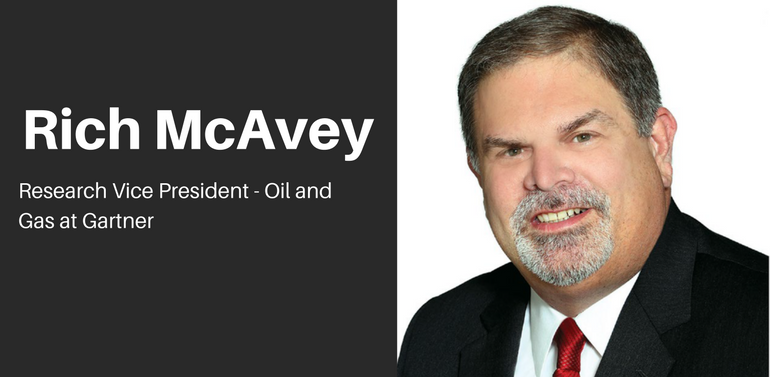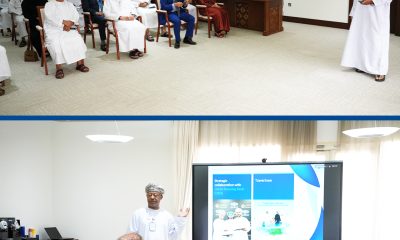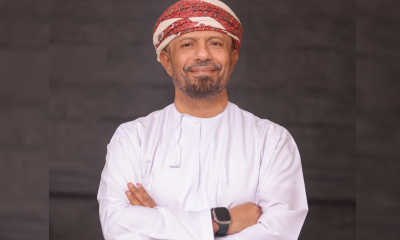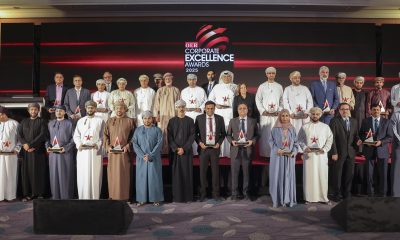Oil & Gas
Using Big Data For Smarter Decision Making

We’ve just talked about the stovepipe nature and the silo nature that’s very much the culture of the industry, and information management today reflects that. If you look at a manufacturing company, there’ll be a Chief Operating Officer, who is concerned with how they do their work.
Most oil & gas companies don’t have a CEO, it’s the individual asset owners that control the space. So that’s what is needed: an effective governance model to go over the top of those business assets, which recognises the value of this information integration, has the authority to get work done but at the same time can help sort out the priorities. This will take a long time, and you can’t do it all at once and we need a governance model that can pick which areas to start with and manage progress over time.
What is being done in the middle east to tackle the possible threats and vulnerabilities associated with cyber security?
This is of course a challenge for everybody given the geopolitical importance of oil & gas and national energy policies around the world. And it’s a case where normal businesses have to prepare and defend themselves against very advanced government agencies who are interested in, and have means for, collecting information that are outside the bounds of normal business.
If you step back from it, this isn’t something that is a quick-fix. In fact, this is something you have to continually improve. You need a risk management programme that can identify what are the biggest risks; which are the highest risks you’re exposed to and what are the best technologies and practices for mitigating that risk; and every quarter, you have to re-evaluate what the areas are that you have defended, if you have in-depth defence and are comfortable with the level of risk exposure you have at a particular site (and if not, get that fixed); so on and so forth. You need a risk management programme to identify the priorities.
How far has the digital oilfield market grown – globally or in the middle east – and how much is it predicted to grow in the next five years?
I see more of it as a digital oilfield transformation than growth. That low-level, connected, intelligent oilfield is pretty much most fields today. What is happening is, the level of capability is thickening in all of these fields. As a result, there are more capabilities, automation, etc. However, it requires another good decade of work get the existing problems solved.
-

 Alamaliktistaad Magazines2 months ago
Alamaliktistaad Magazines2 months agoAlam Al Iktisaad – September 2025 Edition
-

 News2 months ago
News2 months agoKitchenomiKs Secures Investment of US$3.2M Led by Jasoor Ventures
-

 Banking & Finance2 months ago
Banking & Finance2 months agoOman Arab Bank Highlights Its Ongoing Strategic Initiatives and Future Plans
-

 News2 months ago
News2 months agoIEA Expects Global Oil Market to Remain Oversupplied in 2026
-

 Energy2 months ago
Energy2 months agoWLGA Middle East LPG Summit & Expo 2025 to be held at OCEC on November 10 and 11
-

 Real Estate2 months ago
Real Estate2 months agoAl Mouj Muscat Unveils Azura Beach Residences Phase 2: A New Chapter in Waterfront Living
-

 Leaders Speak1 month ago
Leaders Speak1 month agoDhofar International Development and Investment Company: Driving Sustainable Growth and Strategic Synergies in Oman’s Investment Landscape
-

 Events1 month ago
Events1 month agoOER Corporate Excellence Awards 2025 Honours Entities and Innovations in Oman































You must be logged in to post a comment Login